5 Tips for Writing Good Product Descriptions
Most online retailers put a significant amount of time into creating a website. Despite this, many of them put little thought into one of the most important parts: product descriptions. A bad product description on a beautiful website is like an unmarked box in the Harrods window display.

How to Write a Good Product Description
Unfortunately, most of the time, product descriptions get put at the bottom of the priority list, giving them only a fraction of the attention that they require to be successful. What does it mean to have successful product descriptions? It means they convince visitors to purchase the product and help clarify any customer doubts that may arise.
Product descriptions have one of the most important roles on your product pages and should be written with careful consideration. Let’s go over tips and tactics to create great product descriptions that actually sell.
1. Have your Readers in Mind
Start by understanding who you are writing for—your ideal customer. Keep in mind who is buying the product vs. who is going to wear or use the product.
For example, you may be selling engagement rings for women, but, since men are the primary buyers, the product description has to be written in a way that appeals to them.
This is also the case with products for teenagers. They are old enough to read and tech-savvy enough to find and compare products online. However, their parents may be the primary buyers most of the time. This means the copy has to be parent-friendly but still enticing enough to get teenagers to like the product.
When considering your target reader, answer these questions:
- Who is my end user?
- Who is buying my product (end user vs buyer)?
- What are my user demographics (age, gender, etc.)?
- What types of information will my buyer be interested in? For example, is your buyer interested in design, product longevity, product use?
The Body Shop is a brand with a clear social and cultural identity. They know their customers inside and out and it shows in the way they talk about their products. This is the description for their Strawberry Body Yoghurt:
Life’s too short for waiting – jump straight into your jeans with our Strawberry Body Yogurt. The new, lightweight formula absorbs instantly and provides up to 48 hours of moisture. Apply to damp skin straight after showering for skin that feels smoother and never sticky, with the scent of sweet, juicy strawberries. The gel-cream is 100% vegan, enriched with strawberry juice and Community Trade organic almond milk from Spain.
A clear image of the intended customer is immediately apparent from this description. They are interested in ethical products (“Community Trade organic almond milk”), they are interested in environmental issues and animal welfare (“the gel-cream is 100% vegan”), they have a busy lifestyle but do not speak in a formal register (“jump straight into your jeans”).
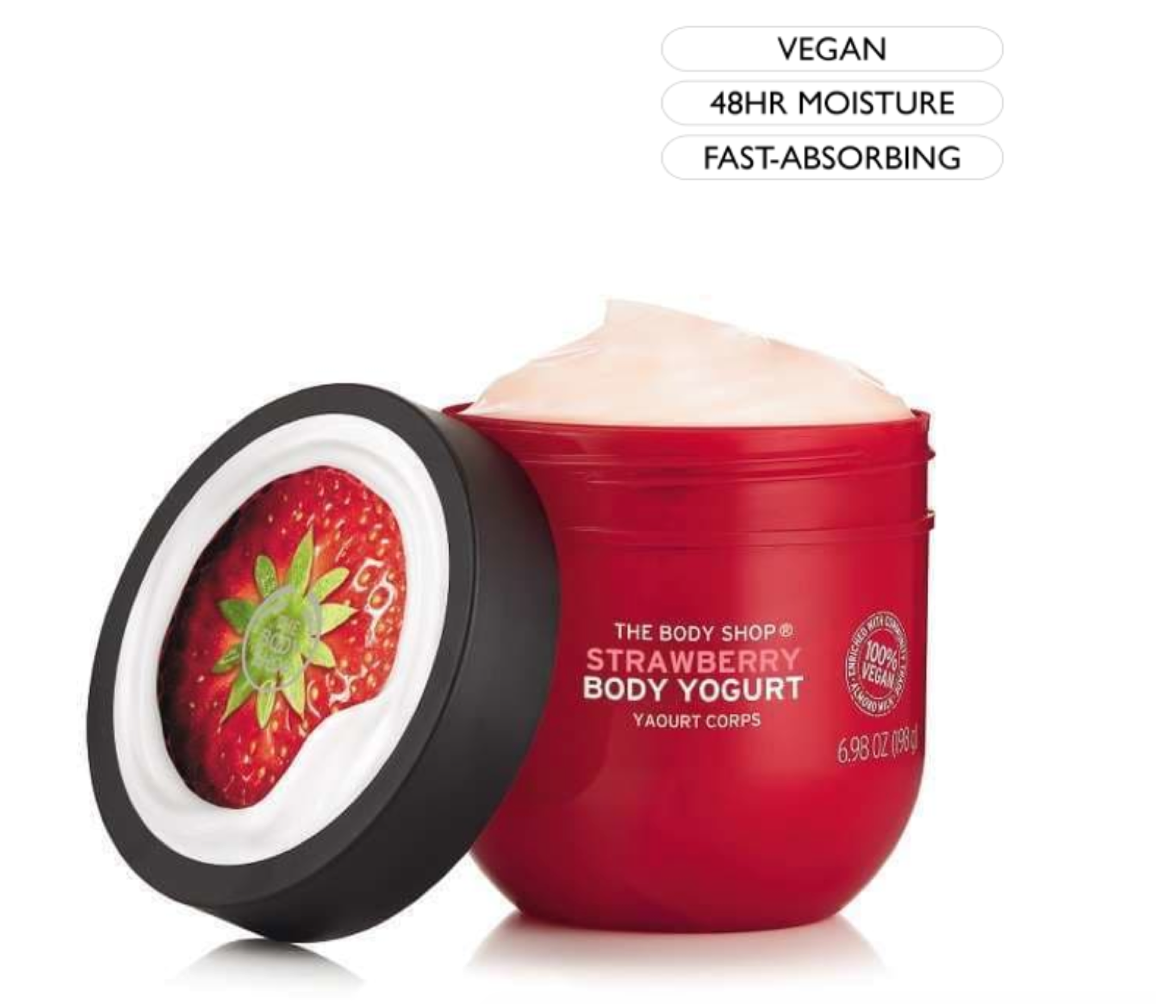
2. Create a Tone of Voice
Once you’ve identified your target customer, consider how they communicate. Is it formal or colloquial? Do they use slang? If so, what type of slang? Have fun with it! Use your ideal customer’s style of communication and mix it with yours to create copy that is truly appealing.
Undoubtedly, the masters of “Tone of Voice” are Innocent. The company has established a powerful brand identity and communicates in a strategic way. When Innocent smoothies first arrived their unusual product descriptions created a big impact. Not only did it capture the attention, but it was perfectly targeted towards young families.
By ignoring the conventional wisdom that every word should be packed with information (instead, filling up space with ludicrously unnecessary words) Innocent established a totally unique Tone of Voice. Consider this description of Innocent coconut water.
Well, we’ve cracked it. We’ve made a deliciously fresh-tasting coconut water that’s the perfect natural thirst quencher. Just 100% pure coconut water and nothing else. No concentrates, sweeteners or anything added whatsoever.
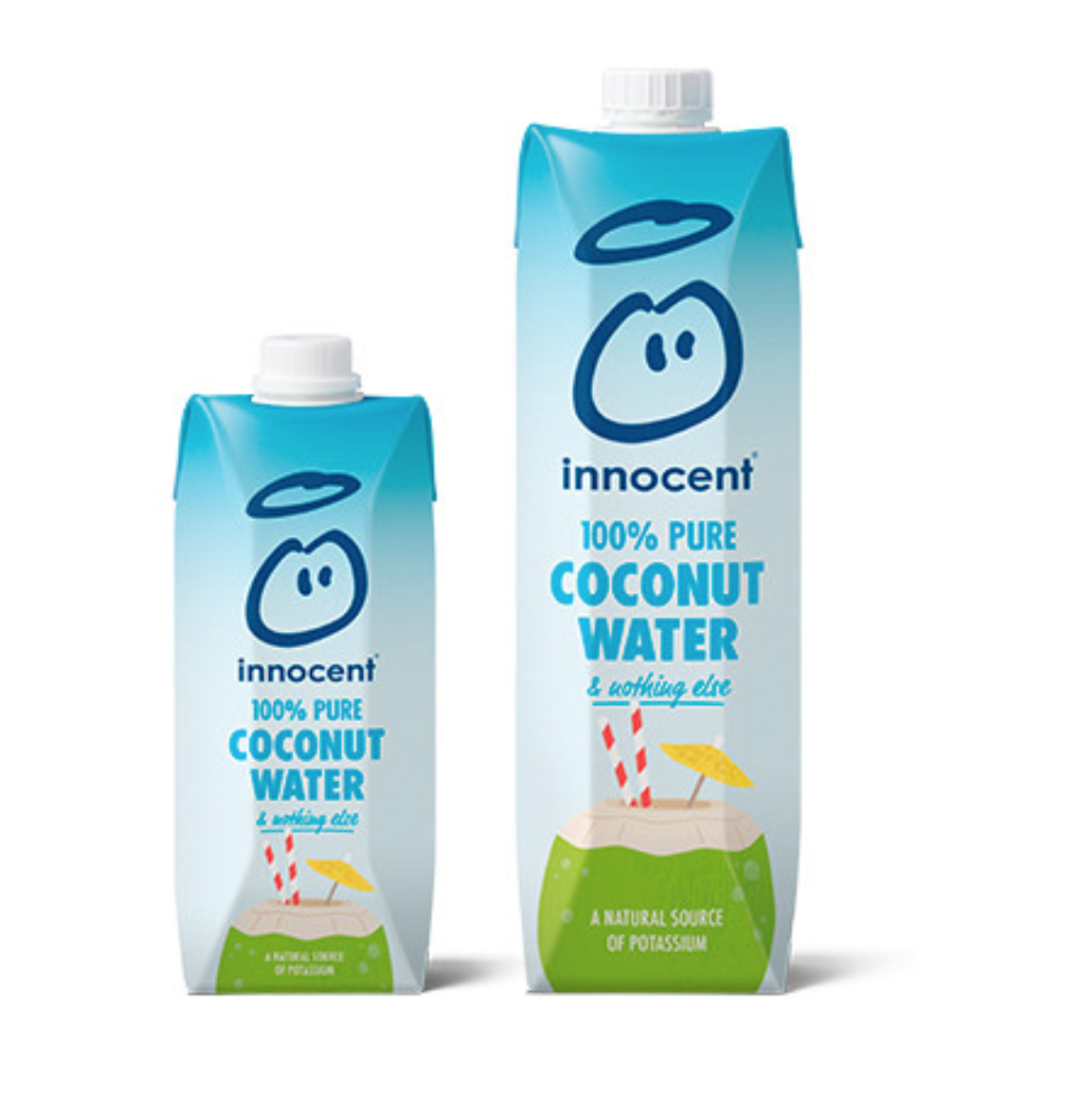
The final word in this product description is particularly powerful.
- It is not needed, surprising the reader
- This distinguishes the product from all the others that claim to have nothing added
- It transforms the sentence into a spoken form of language, reinforcing the brand identity.
It is important to note that the tone of voice you choose should be carried to your social media profiles and your other customer interactions.
Consistency is an important part of online communications and advertising because it enhances the positive associations caused by the Mere Exposure Effect. It is also a way of preventing the dissonance associated with a confused brand identity.
3. Benefits > Features
Features are important, but benefits have more persuasive power. They answer the question “What’s in it for the user?” Instead of saying this protein bar has “low calories,” you would say something like “This protein bar will make you look better” or “help you stay skinny” or “fit.”
It may sound easy to do, but it’s tougher than it looks in practice. I often catch myself listing features instead of benefits. What helps me is to dissect product descriptions by listing each feature and matching it to a benefit. See example below:
- Soft cotton t-shirt → feels comfortable
- Elastic material → conforms to your body shape
- High-quality fabric → doesn’t shrink in the washer or dryer
Giving preference to benefits doesn’t mean features won’t be listed. I usually try to incorporate both in a story and try to compile the features in bullet points, toward the end of the description. See how Michael Kors follows this tactic in their description of a satchel:
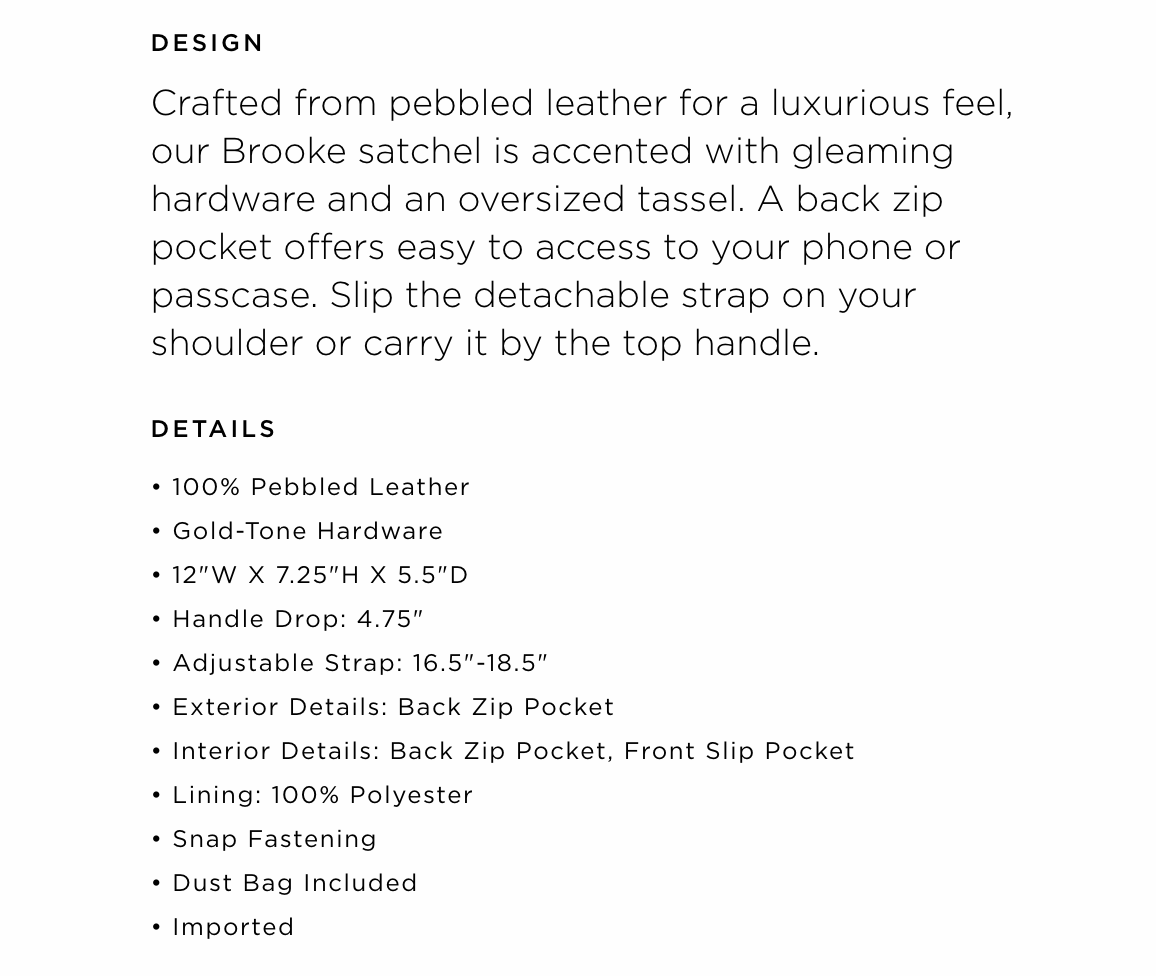
The benefits are highlighted as the main part of the product description (“Design”), while the features are listed in the details section.
Focusing on benefits rather than features allows you to take advantage of the Visual Depiction Effect. A feature describes the product itself, whilst a benefit describes what it would offer the customer. Visual Depiction describes how people are more interested in a product when they are able to visualise themselves using it.
4. Tell a Story
The best way to describe your products is by telling a story. Copywriting is about persuasion and stories act on emotions far more effectively than facts or figures.
Start by setting a scene. For instance, if you’re selling a dress, you might start by describing where the customer can wear that dress and how it will make them look or feel. If you’re selling a drink, imagine where your customer will be when they drink it.
Stories have the added effect of making abstract ideas concrete. In this way, you can take advantage of the Metaphor Effect. The Metaphor Effect explains why abstract ideas are more persuasive when given a concrete form.
A great example of this is the way Jack Daniel’s uses its brand history and manufacturing process to tell a story. The product description for the “Gentleman Jack” whiskey blend tells three stories simultaneously:
Inspired by the original gentleman distiller and our founder, Gentleman Jack undergoes a second charcoal mellowing to achieve exceptional smoothness. Its balanced flavour is perfect for celebrating life’s extraordinary occasions, plus all the moments along the way.
The first story (of the brand’s founder) is followed by the story of the whiskey itself. These are then compared to the customer’s own life story.
5. Cover All the Basics
Make sure to mention all your product’s key attributes. Missing a key piece of information can cause customer misunderstandings and a bad user experience. Remember that your customers only have product photos to rely on. It’s important to highlight things like product dimensions and size in relation to other objects they are familiar with.
Some of the key attributes you may want to mention are the following:
- Product’s actual size. This is especially valuable for jewelry or other small items. The size of the image can be deceiving, so it’s useful to use silhouettes or models to give an idea of the product measurements.
- Materials. I’ve abandoned many product pages in the past due to a lack of information about the product’s content or materials. If they are not stated, it can make it seem like there is something to hide or that the quality may be undesirable.
- Care instructions. Set your customer’s expectations by letting them know your product’s care instructions.
Listing all the necessary information allows you to avoid Ambiguity. The Ambiguity Effect describes an aversion to the unknown, even in circumstances where uncertain returns are a better long-term option.
It also makes it easier for users to access the information they need. The ease with which a user can navigate a page and understand its content, termed Processing Fluency (or “Efficacy”), is an essential design consideration. Customers experience cognitive friction when information is not readily available. This can lead to frustration and abandoned product pages.
A good example of this is Argos. Since customers have never been able to see products before ordering them, Argos has developed a very specific style of product page. Each product description gives dimensions, features and instructions.
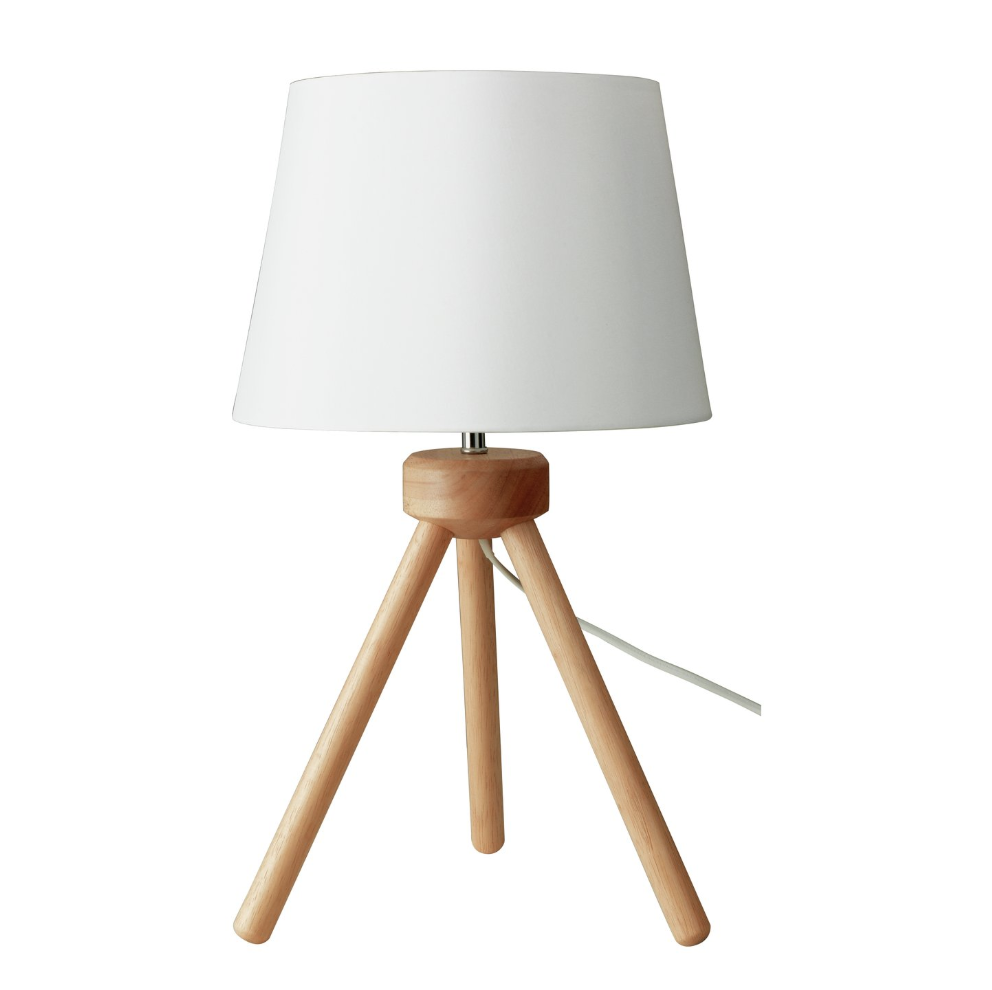
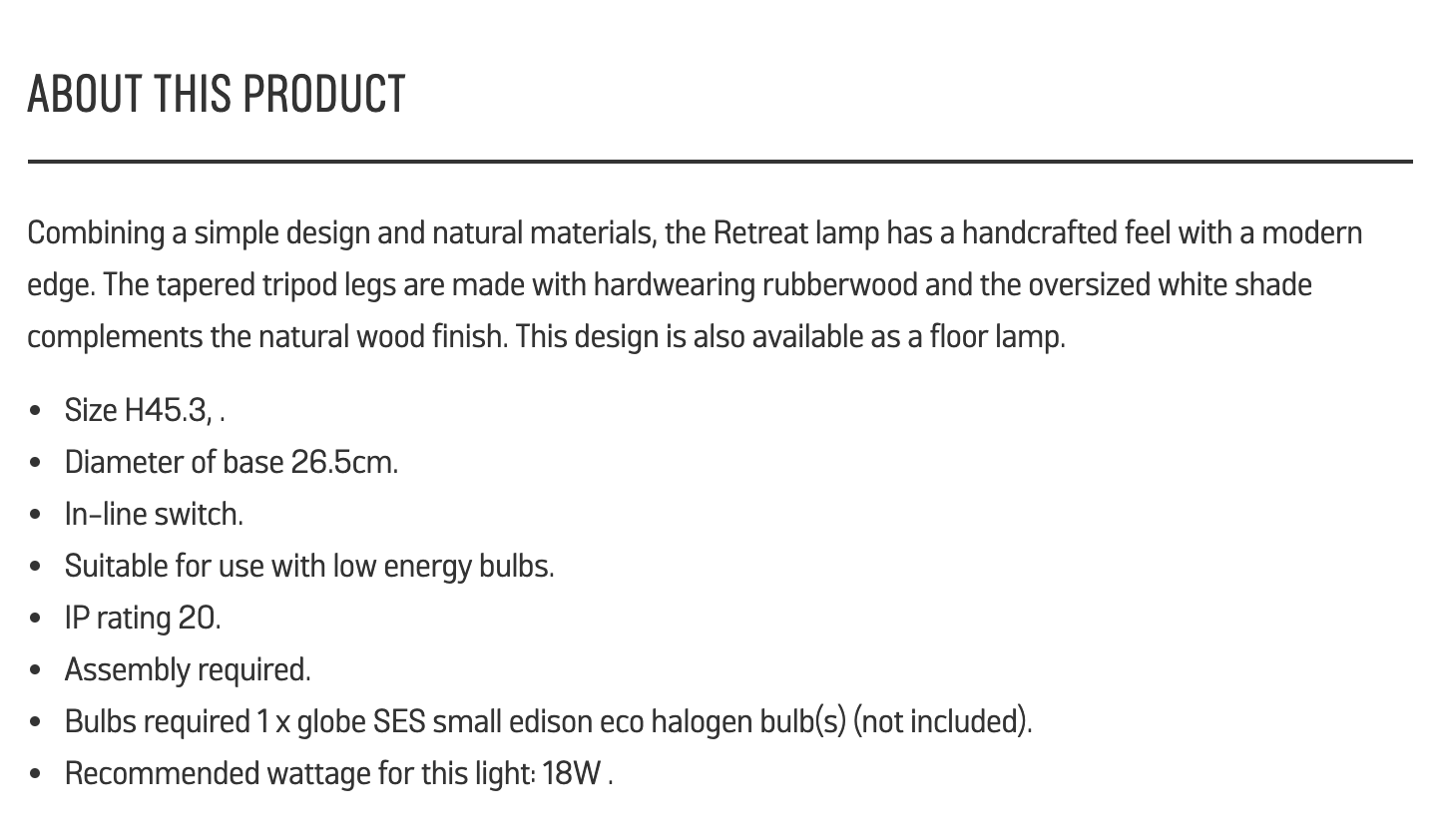
How to Write Product Descriptions that Sell
As you can tell, there is a lot that goes into each product description. It needs to be both accurate and enticing, all while portraying the right brand voice. Product descriptions are perhaps the most important feature of a product page, as they are what will truly sell the customer on the item because the purchaser can get an idea of not only what they will be receiving, but also what it will mean to them and how it can help them. A truly great product description does not solely describe the product, rather it also gives a snapshot of that product used in the context of the brand and, more importantly, in the context of the everyday life of that individual customer
An Interview With Ronald Dod
One thing people always ask about is the ideal length for a product description. How long should a product description be?
A product description should be between 305-400 words, or however long is necessary to address the main features of the product and a brief overview of its benefits to the consumer.
We hear from a lot about businesses who want to improve the search engine ranking for their products. How can they write product descriptions for SEO?
Product descriptions for SEO should contain the proper keywords you are targeting in user’s Google searches so, when they type in certain phrases, your product will come up in the search engine page results and your site will rank higher. A proper SEO description should also be genuine and original so that Google recognizes it as fresh and unique to your site. Finally, it needs to have a readability score in line with that of your audience’s level or slightly lower, so that it can be easily understood by both the end buyer and the search engine.
You’re clearly passionate about eCommerce. What are some of your favourite examples of good product descriptions?
For example, a site like ThinkGeek.com has excellent product descriptions that are funny, but informative based on the type of consumer that shops there. With other sites, such as Allen Edmonds, users want specific information about the shoes, their construction and materials. So they have a very different product description. Product descriptions, great product descriptions at least, mirror the audience that they are speaking to.
Product descriptions are an important part of Conversion Rate Optimization. To read more about CRO strategies, see our Conversion Rate Optimization Guide. For hints, tips and tactics relating to eCommerce marketing, read our Guide to eCommerce Marketing.

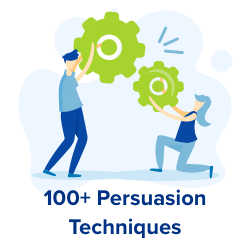


Wonderful blog
The first thing you need to do to write successful product descriptions is create a profile of your ideal customer.
Excellent point. I think interviewing friends, family and even strangers about how they think and feel about a specific product or service is a great way of beginning to understand your niche audience.
Thank you. I enjoyed reading your post and I learned a great deal. Cheers
The clear view of production description leads to more sales of the product, useful information has given to understand of how ,what product description is. .thank you